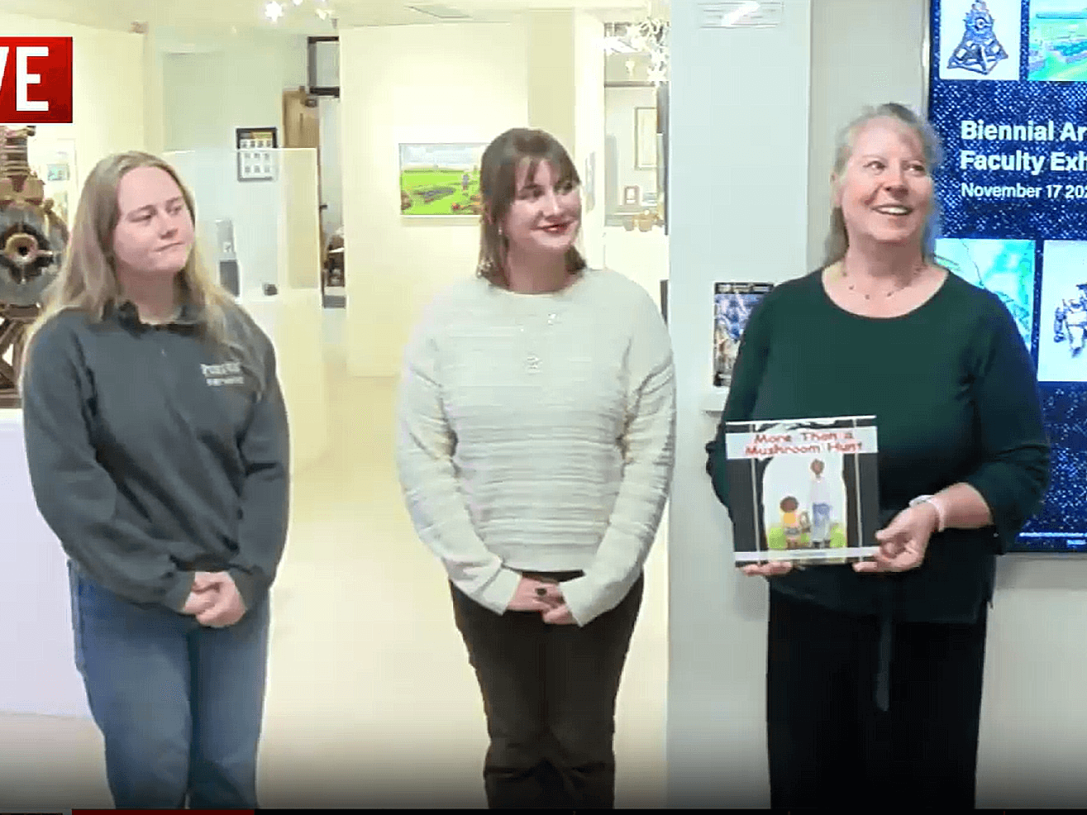
News Release
PFW Professor’s Research Unearths Macabre Results in Peru
FORT WAYNE, Ind.—On a bluff in the sleepy fishing community of Huanchaco, Peru, known by surfers all around the world for its waves and seafood, is a natural terrace, just a few hundred yards from the ocean and overlooking a dry riverbed.
It seems like a dubious site for a mass killing to take place, but that’s exactly what happened over and over again. Known as Pampa la Cruz, this archeological site is where horrific sacrificial events took place centuries ago.
It’s also where Purdue University Fort Wayne Professor of Anthropology Richard Sutter spent parts of this July and October examining the remains of more than 100 people from the founding Salinar (400–100 BC) and Virú (100 BC–AD 550) fishing community as well as more than 200 Chimú era (AD 1000–1475) children who were sacrificed during El Niño downpours around an artificial mound that was constructed by yet another cultural group: the Moche (AD 550–800).
Sutter is part of Proyecto Arqueológico Huanchaco (PAH), an interdisciplinary and international archaeological team led by Professor Gabriel Prieto of the University of Florida. Based on ongoing archaeological excavations by the team, Sutter believes the Moche seem to have taken over the preexisting Virú era fishing community around AD 550.
“Tantalizing evidence gathered by PAH archaeologists indicate that the Moche’s takeover was abrupt and probably violent,” says Sutter. “A Moche era ceremonial mound adorned with warrior friezes was constructed atop the Virú settlement, and a nearby burial site from the same time frame excavated in 2016 contained three Virú era adult males who had been brutally executed.”
This past July, while Sutter was working on previously excavated human remains, three new adult male warriors were found buried face down on top of the Moche era mound. He says that mound, which sits on the bluff overlooking the modern-day village of Huanchaco, kept revealing more surprises.
“At the end of August, approximately 50 more skulls and body parts of Moche era adult male warriors were found in association with the other adult male warriors,” noted Sutter. “Additionally, the site exposed ritual events at the mound that included offerings of complete sharks, dogfish, rays, and two incredibly rare pygmy sperm whales. These archaeological discoveries are unprecedented, and with the research support of the university, I was able to return to Peru earlier this month to examine the newly uncovered Moche era executed warriors.”
Sutter says his work on the newly discovered sacrifices will play a critical role in the book he is writing. “In my work I use genetically influenced tooth characteristics to determine relatedness between prehistoric populations. I previously worked on Moche-executed prisoners from the Moche’s capital and determined they were warriors captured from other conquered people.”
He says the Moche began their expansion efforts because of the climate: in this case, a prolonged period of drought. “I believe the study of nascent states, such as the Moche, hold important lessons for understanding how violence and intimidation is used by weak modern groups who lack infrastructure—such as ISIS and the Taliban—to extend their sovereignty and control conquered populations.”
He theorizes in this case, “the newly discovered executed warriors represent local Virú men who were captured and publicly made an example of by the powerful Moche state.”
Sutter says his research using the tooth characteristics is important, because attempts to use ancient DNA have been unsuccessful due to issues of preservation. “This same is true for the more recent Chimú era child sacrifices. My preliminary results and those from the archaeological excavations indicate the 220 children were brought from a variety of locations under the control of the Chimú Empire and then sacrificed at the mound,” he explained. “Those sacrifices were also weather-related as part of a Chimú ritual intended to stop devastating El Niño downpours.”
A stipend from the National Endowment for the Humanities as well as travel assistance from the Office of Sponsored Programs at Purdue University Fort Wayne are supporting Sutter’s research.
For more information on the Moche project, contact Sutter at [email protected].
###





